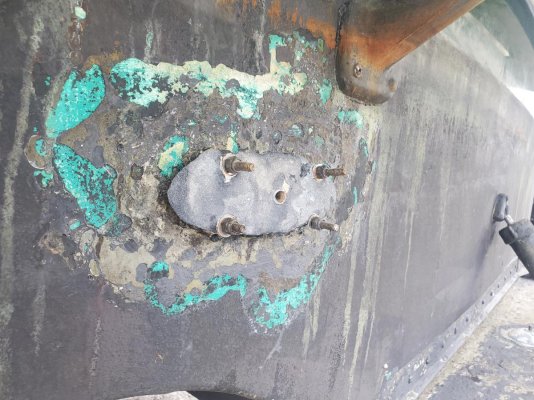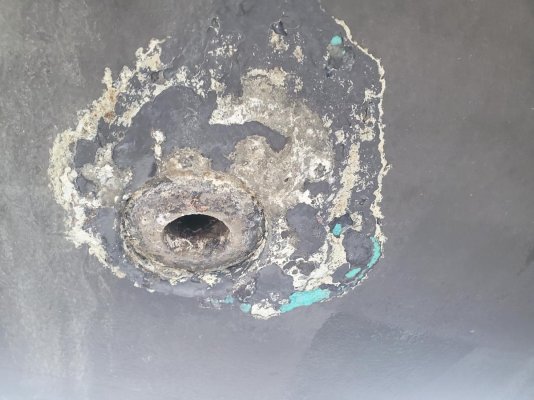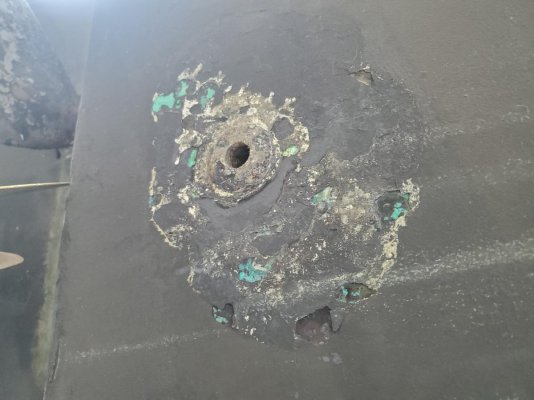Thanks SDA. I have a galvanic isolator. I was looking for how stray AC current can get into the water through the bonding system. Grounding the chassis to the bonding network seems like a prime candidate even though the source may not be from the inverter but from another electric appliance on the circuit.
The inverter charger is the only prewired link I came up with, the rest would be an accidental connection.
Stray AC current is a horse of a different color. Galvanic isolators actually allow AC current to pass, by necessity, but block DC. Since most corrosion is a DC phenomenon, that deters corrosion, but allows AC faults to be safely "cleared" by a circuit breaker.
In fact, grounding the chassis to the AC safety ground system, which is, or should be, connected to the bonding and DC negative systems, is actually safer, as an AC short to the chassis will/should cause the inverter or charger supply breaker to trip. If the chassis is not grounded, it can remain energized until it is touched by a person, who is also making contact with a grounded surface like an engine or seacock, which could lead to an electrocution.
With some rare exceptions, all of the vessel's "grounding" and "grounded" (there is a distinction) systems should be common, these include bonding, DC negative, AC safety ground and lightning. If they are all common, a "hot" AC conductor making contact with any, or anything they are connected to, tanks, engine blocks, equipment enclosures and chassis, should clear the fault by allowing that current to return to its source, tripping a breaker.
AC current leaking into the water is primarily an in water electric shock drowning (ESD) risk, rather than a corrosion issue. Both are bad but obviously the ESD is far worse.
Some additional reading...
https://stevedmarineconsulting.com/electric-shock-drowning-and-elcis-explained/
https://www.cruisingworld.com/how/inspect-your-grounding-system/
https://www.cruisingworld.com/story/how-to/sailboat-grounding-systems/
https://stevedmarineconsulting.com/bonding-systems-and-corrosion-prevention/



